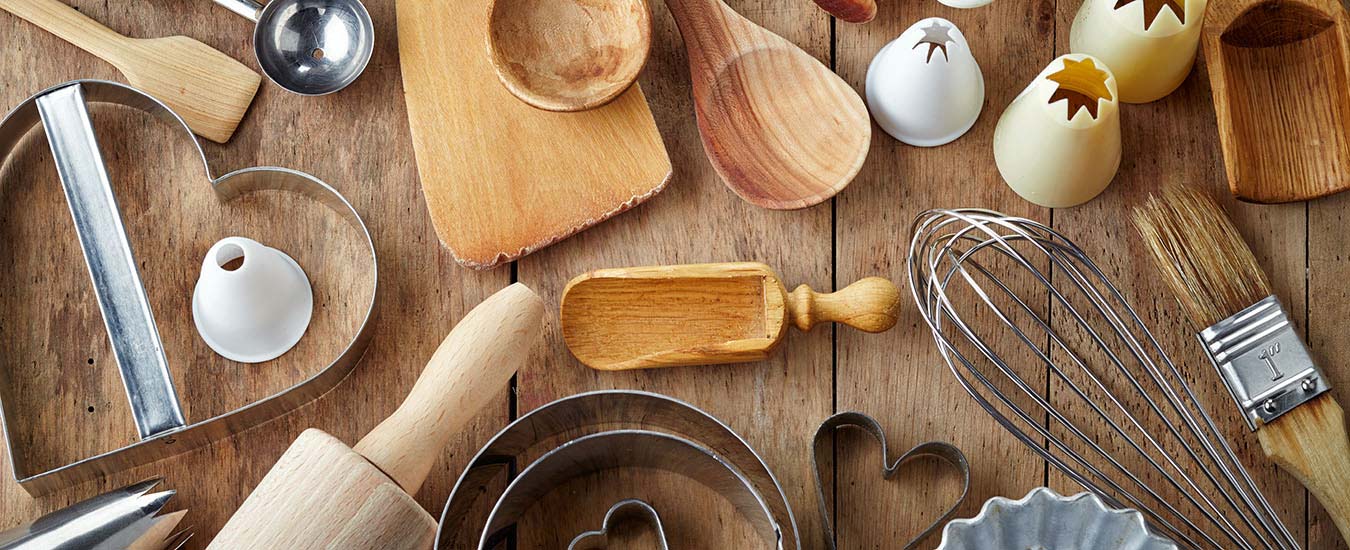Young chefs are bringing the traditions of Mi’kmaq cuisine back to the table.
Daniel Dennis is a young chef who dreams of one day opening his own restaurant on the Eskasoni Mi’kmaw Nation just outside of Sydney, NS. There, he will explore and experiment with not just modern tastes and textures—but also tradition. On his plan for the menu: Mi’kmaq cuisine.
Achieving that dream will require re-learning his culture’s traditions. Dennis, a graduate of the Culinary Institute of Canada in PEI, says that, with the exception of cooking with moose, traditional ingredients and recipes have largely been replaced with non-Native foods in his peoples’ everyday cooking. Mi’kmaq cuisine, he says, is getting lost.

For Dennis, his journey of rediscovery has included taking part in a three-day culinary workshop organized by the Mi’kmaq Association for Cultural Studies, based in the Membertou First Nation, in Sydney, NS. Led by well-known chef Ray Bear (who has a Cree background) earlier this year, up-and-coming Aboriginal cooks came together in Halifax to learn how to prepare traditional cuisine.
“It was an honour to be there,” says Dennis, who applied for the program after he heard about it through a friend. “Ray Bear is such a respected chef.”
Bear says Dennis showed real promise as a young chef. “He took it very seriously, wanting to learn every ounce of technique,” he says. “I also learned a lot about traditional hunting and cooking myself. It was educational both ways.”
This resurgence in interest in Aboriginal foods is now extending beyond local Native communities. Last year, more than 80,000 people came to the Membertou 400 celebration in Halifax, which honoured the 400th anniversary of the baptism of the Grand Chief of the Grand Council of the Mi’kmaq. A Mi’kmaq village—and meals featuring Native cuisine—were highlights of the festivities.
A second international PowWow, or Mawio’mi, was held in Halifax this past summer and featured a five-course Mi’kmaq dinner prepared by Ray Bear, served under the stars on the Halifax Common. The traditional Mi’kmaq menu—with a few contemporary additions— included Slow-roasted Venison Loin with Celeriac Purée; Quick-seared Calamari with a Light Bone Jus Pine Aroma; and Pit-fire Boiled Saltwater Lobster with Cornbread Purée and Maple Duck Bacon.
“Food is very important in Mi’kmaq culture, and in Aboriginal culture in general, as it often marks the end of a ceremony or celebration,” says Nora McCarthy-Joyce, spokesperson for the Native Council of Prince Edward Island, in Charlottetown. “Feasting often includes traditional foods, which vary from group to group and often depend on geography and what’s available. At a feast, it is customary for a prayer to be said for the food and people, and for Elders to be served before everyone else.”
At the heart of Mi’kmaq cuisine is the natural world: the menu and cooking methods are often dependent upon what is available in the streams and forests nearby. Chapel Island, NS, Elder, Lillian Marshall, says the Mi’kmaq were fisher-hunter-gatherers. "Their main foods were meat, fish, wild plants and berries,” she says. “However, since they lived in the Maritime Provinces, 90 per cent of the food consumed was from the water.”
A particular favourite in this diet has always been eel. The special significance of eel is made evident by its prevalence at important occasions. At a traditional feast, some Elders would bring eel stew or eel soup. It was a sign of both respect and status.
“Eel is a delicacy,” says Mary Rose Julian, who lives in Eskasoni, the largest Mi’kmaq community in the world. “It is boiled as stew, baked fillet-style with lusknikn on top or without, or grilled.”
Lusknikn, also spelled “luskinigan,” and its close relative, bannock, are staple breads. “Bannock is a dough that is made by hand and baked. It is often served with butter, jam, or molasses, or added to Gunsaway Soup,” explains McCarthy-Joyce. “I have not met anyone who does not love bannock!
“It is like a heavy bread that is flat, often cut in squares and served at all traditional cultural gatherings as an important part of the feast,” she adds. “If the dough is fried in oil, I have heard it called fry bread.”
Craig LeForte, kitchen manager at Kiju’s Restaurant, in Membertou, says he, too, has witnessed a resurgence of interest in traditional Mi’kmaq dishes. At Kiju’s, “four-cent bread,” a type of bannock, is made fresh daily. The name, he notes, comes from the original cost of the ingredients: one cent for the flour and three cents for the baking soda.
The menu at Kiju’s might, on any given night, include pan-fried eel, bison burgers, or moose stew, depending on what is in season. The restaurant also serves maple glazed or maple blueberry glazed salmon as a way to meld the traditional with the contemporary.
And it’s just that sort of synergy between styles and ingredients that has inspired chef Daniel Dennis to return to his culinary roots. He hopes to put his new skills to work soon in a kitchen that’s open to his passion for rediscovering his peoples’ traditions.
Ray Bear thinks he’ll do well. “He’s a good, keen cook—definitely very professional,” says Bear. “I get inspired by young cooks that are excited about learning the craft.”
Recipes featured in this article:
Do you have a recipe to recommend to Alain, or is there a food topic you'd like to see covered in Saltscapes? Send an e-mail to This email address is being protected from spambots. You need JavaScript enabled to view it..
